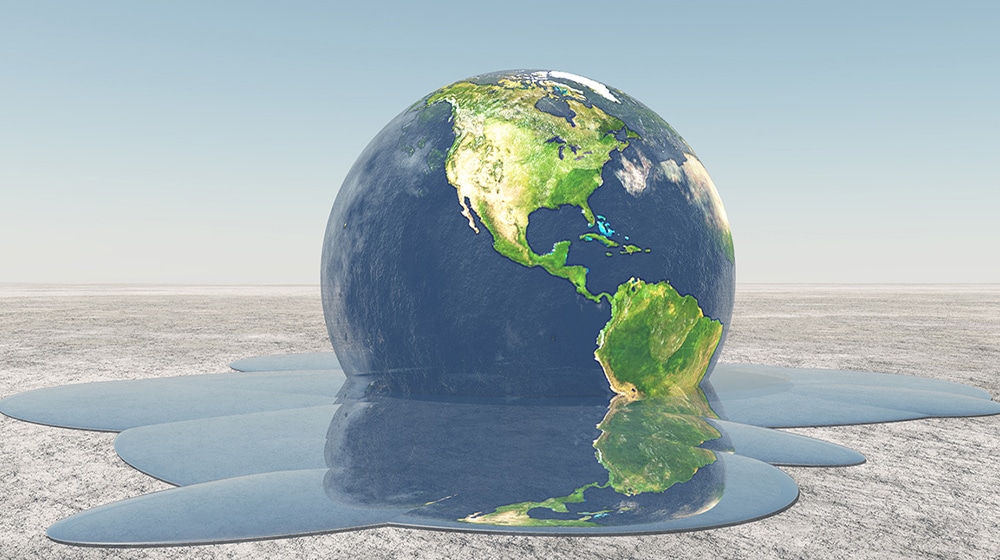Recent years have seen numerous extreme weather events worldwide, underscoring the escalating severity of climate change. In July 2022, the United Kingdom experienced temperatures surpassing 40 degrees Celsius for the first time. A small town in northwest China recorded 52 degrees Celsius last year, the highest ever for the country. In 2021, Sicily in Italy recorded 48.8 degrees Celsius, the highest ever for Europe.
On May 29th, the temperature in parts of Delhi reportedly reached 52.9 degrees Celsius, marking the highest ever recorded in India.
Another alarming incident occurred in Iran last year, where the heat index caused temperatures to soar to an unprecedented 66 degrees Celsius in July. Due to this extreme heat, Iran declared public holidays and advised the elderly and those with health conditions to stay indoors.
What is the ‘feels-like’ temperature?
The heat index often called the ‘feels-like’ temperature, combines air temperature and relative humidity to estimate the human-perceived temperature. High humidity levels hinder the body’s ability to cool through sweating, making the heat feel much more intense. A heat index of 66 degrees Celsius is life-threatening, exceeding the thresholds the human body can endure for extended periods.
What are the health risks of high temperatures?
Extreme heat can have a devastating impact on human health. According to the vaccine alliance GAVI, it can lead to dehydration. Without adequate water intake to replace what is lost through sweating and urination, blood thickens, increasing the risk of heart attack and stroke. High temperatures can also exacerbate existing health problems, putting older people and those with chronic conditions at particularly high risk.
Are these a result of climate change?
The year 2024 was forecasted to be exceptionally warm. Last year set a record as the warmest year globally, a trend expected to continue this year. Climate change has emerged as a critical global issue, with rising temperatures being a major consequence. The Earth’s climate is experiencing unprecedented changes mainly due to human activities, especially the emission of greenhouse gases.
Activities like burning fossil fuels, deforestation, industrial processes, and agricultural practices have led to greenhouse gases such as carbon dioxide and methane accumulation. This accumulation creates a greenhouse effect, trapping heat in the Earth’s atmosphere and causing a steady rise in the planet’s average temperature over the past century.
Climate change disrupts traditional weather patterns, leading to more frequent and intense heatwaves, prolonged droughts, and other extreme weather events. As temperatures rise, melting ice caps and increased evaporation exacerbate warming, creating a feedback loop that intensifies climate impacts.
An analysis by Carbon Brief indicated that nearly 40 percent of the Earth recorded its highest-ever daily temperatures between 2013 and 2023, including places in Antarctica.
April 2024 marked the 11th consecutive month where the global average monthly temperature reached a new record, according to the European Union’s Copernicus Climate Change Service. The period from May 2023 to April 2024 was the warmest 12-month span on record, about 1.61 degrees Celsius higher than the pre-industrial (1850-1900) average.
The post Pakistan’s 51C to Iran’s 66C: Heatwaves Are Breaking Records All Around the Globe appeared first on ProPakistani.


